Media Telecon:
Aug. 15, 2012 (1:00 p.m. Eastern)
Astronomers have found an extraordinary galaxy cluster—one of the largest objects in the Universe—that is breaking several important cosmic records. Observations of this cluster, known as the Phoenix Cluster, with NASA's Chandra X-ray Observatory, the NSF's South Pole Telescope and eight other world-class observatories, may force astronomers to rethink how these colossal structures, and the galaxies that inhabit them, evolve.
-Press Release
Live audio of the teleconference streamed online at: http://www.nasa.gov/newsaudio If you're unable to take part, you can call the replay number below to listen to the news conference until August 22:
Dial In: 1-800-873-1933
Toll Call: 1-203-369-3374
A video will air on NASA Television on August 15 (check the NASA TV schedule for additional times and information).
Panelists:
 |
Michael McDonald (MIT) |
 |
Brad Benson (U. Chicago) |
 |
Megan Donahue (Michigan State University) |
 |
Martin Rees (Cambridge University, UK) |
Bios Page
Graphics:
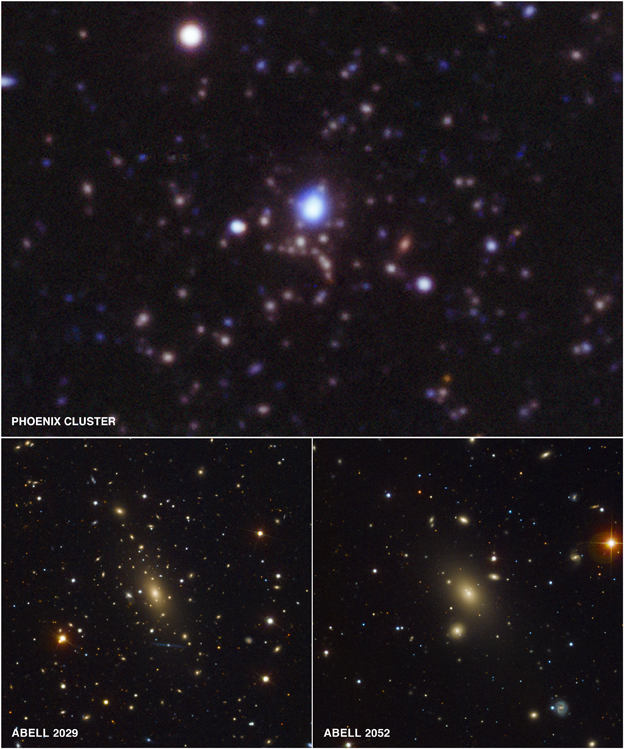
Figure 1. Optical (red, green, blue) and ultraviolet (blue) image of center of Phoenix Cluster, and optical images of Abell 2029 and Abell 2052.
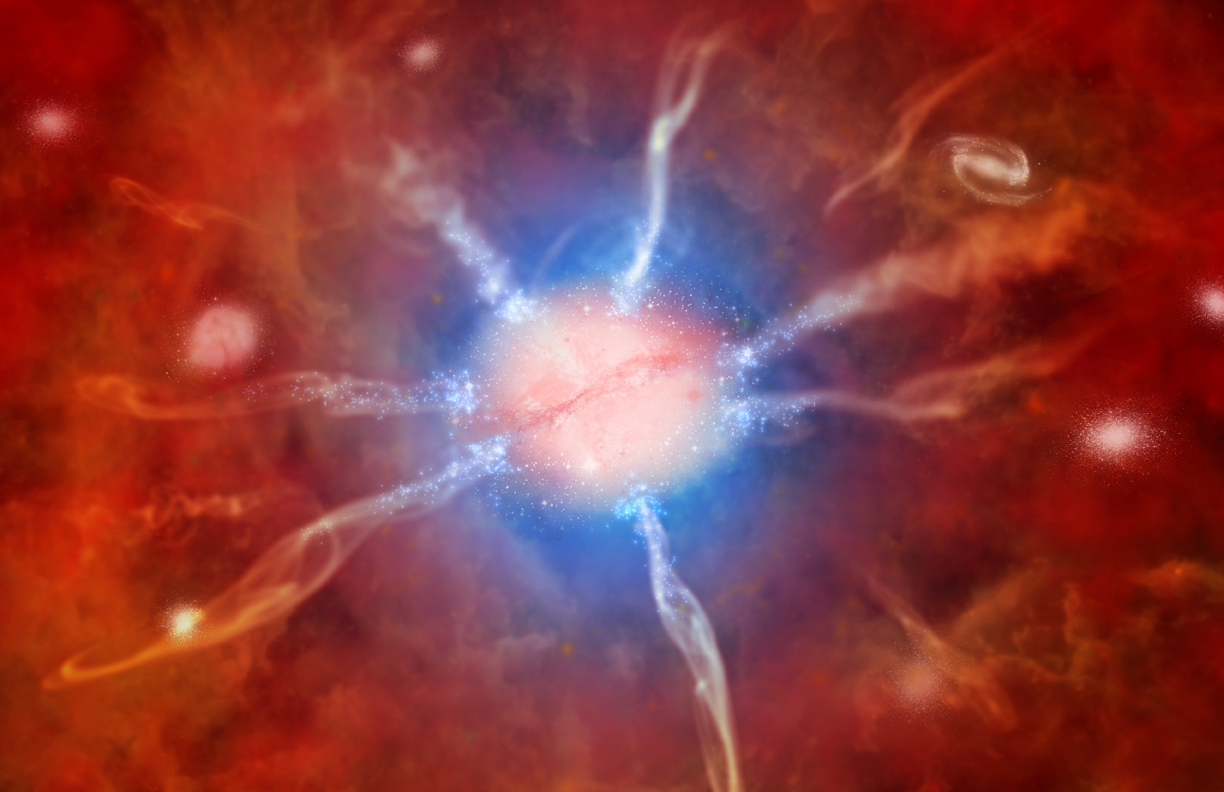
Figure 2. Artist's impression of galaxy at center of Phoenix Cluster.
Figure 3. Animation of cooling gas and stars forming near center of Phoenix Cluster.
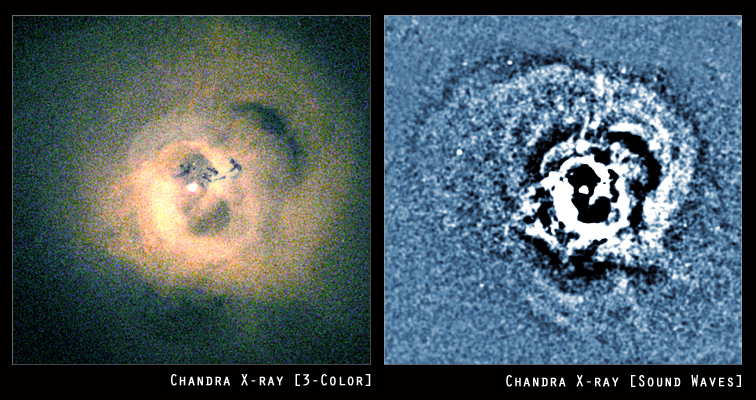
Figure 4. Cavities and sound waves in the Perseus Cluster.
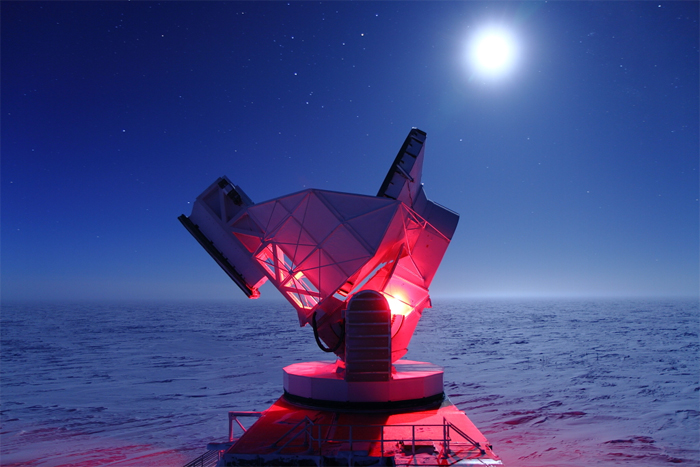
Figure 5. South Pole Telescope (SPT).
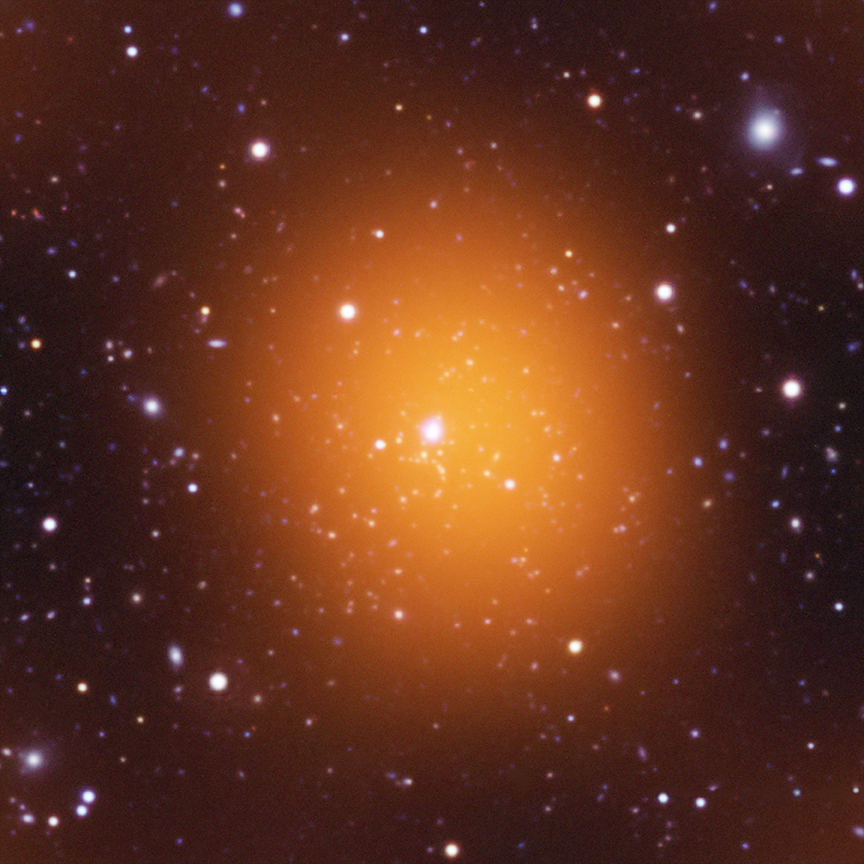
Figure 6. Microwave (orange), optical (red, green, blue) and ultraviolet (blue) image of Phoenix Cluster.
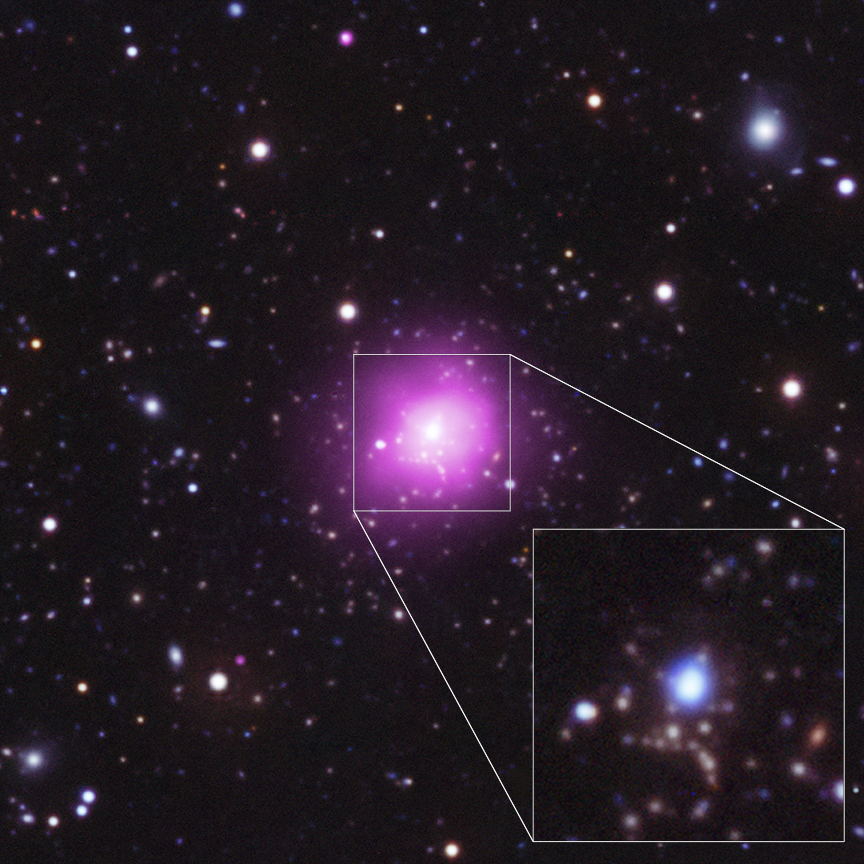
Figure 7. Optical/UV/X-ray composite with a pull-out from the central region to optical/UV image.

Figure 8. Artist's impression of galaxy at center of Phoenix Cluster.
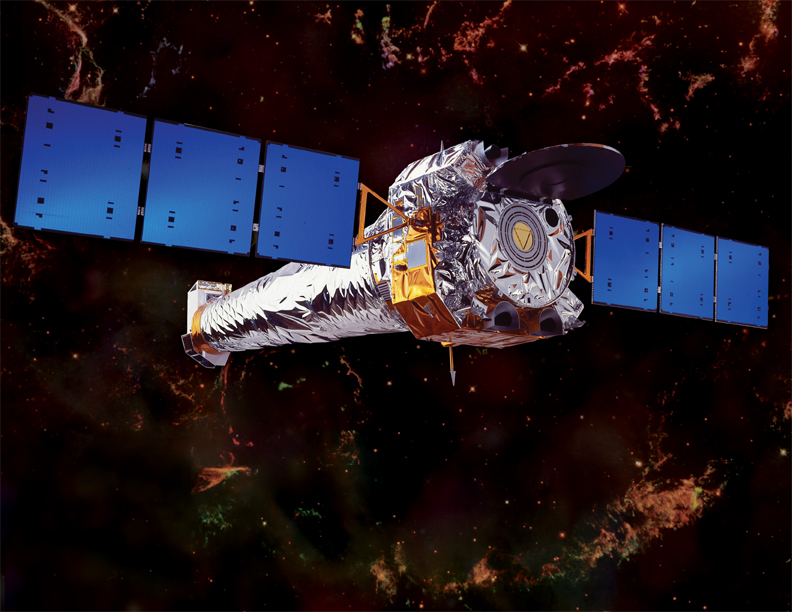
Figure 9. Chandra Spacecraft.
Additional Information
Paper Title: SPT-CLJ2344-4243: A Massive, Cooling Flow Induced Starburst in a Highly Luminous Galaxy Cluster
Full Author List: M. McDonald, M. Bayliss, B. A. Benson, R. J. Foley, J. Ruel, P. Sullivan, S. Veilleux, K. A. Aird, M. L. N. Ashby, M. Bautz, G. Bazin, L. E. Bleem, M. Brodwin, J. E. Carlstrom, C. L. Chang, H. M. Cho, A. Clocchiatti, T. M. Crawford, A. T. Crites, T. de Haan, S. Desai, M. A. Dobbs, J. P. Dudley, E. Egami, W. R. Forman, G. P. Garmire, E. M. George, M. D. Gladders, A. H. Gonzalez, N. W. Halverson, N. L. Harrington, F. W. High, G. P. Holder, W. L. Holzapfel, S. Hoover, J. D. Hrubes, C. Jones, M. Joy, R. Keisler, L. Knox, A. T. Lee, E. M. Leitch, J. Liu, M. Lueker, D. Luong-Van, A. Mantz, D. P. Marrone, J. J. McMahon, J. Mehl, S. S. Meyer, E. D. Miller, L. Mocanu, J. J. Mohr, T. E. Montroy, S. S. Murray, T. Natoli, S. Padin, T. Plagge, C. Pryke, T. D. Rawle, C. L. Reichardt, A. Rest, M. Rex, J. E. Ruhl, B. R. Saliwanchik, A. Saro, J. T. Sayre, K. K. Schaffer, L. Shaw, E. Shirokoff, R. Simcoe, J. Song, H. G. Spieler, B. Stalder, Z. Staniszewski, A. A. Stark, K. Story, C.W. Stubbs, R. Šuhada, A. van Engelen, K. Vanderlinde, J. D. Vieira, A. Vikhlinin, R.Williamson, O. Zahn, and A. Zenteno
Scientist Contact Information:Michael McDonald: mcdonald@space.mit.edu
Bradford Benson: bbenson@kicp.uchicago.edu
Links:
Photo Album
Press Room
Image Captions


